
This month, our technical director David Watson and our design director Gerry O’Brien have together appeared in the UK’s Building Magazine to share some of AKT II’s latest carbon thinking.
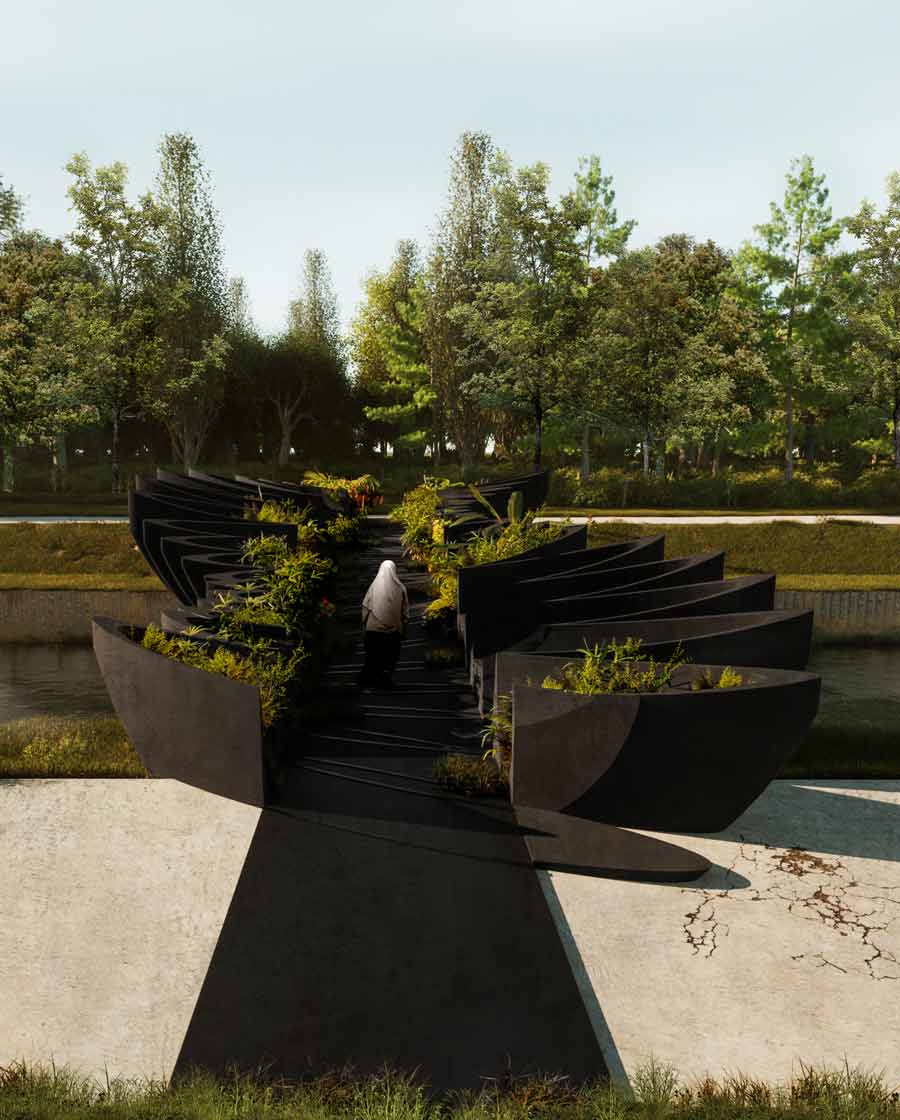
This new, sculptural footbridge – which is designed by architect Counterspace Studio, with support from the City of Vilvoorde and the local cultural organisation Horst Arts & Music – draws conceptually from the complex relationships of the region’s migrant communities.
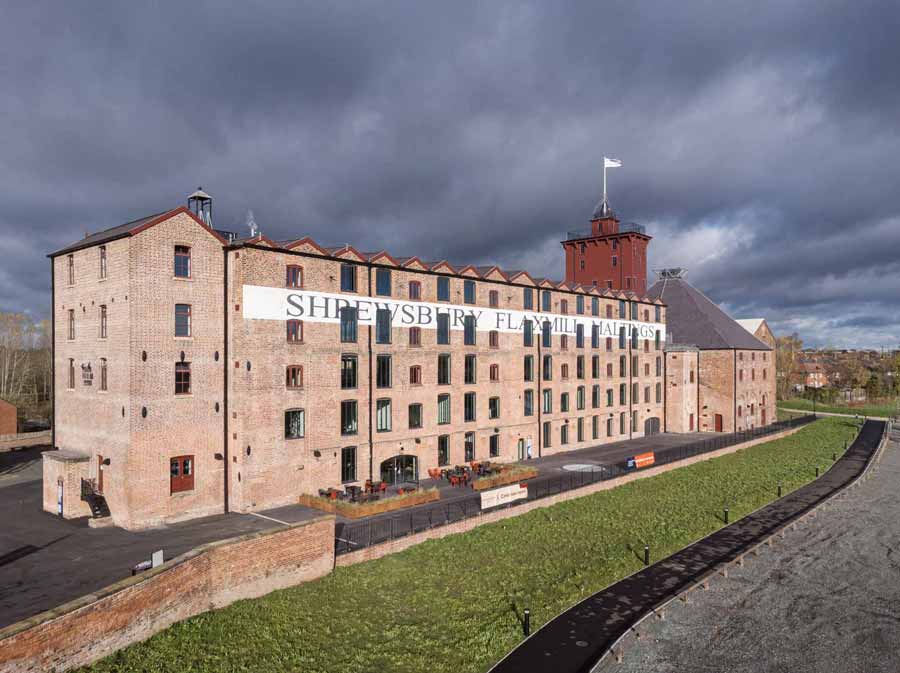
Shrewsbury Flaxmill Maltings is the world’s first cast-iron-framed structure. Built in 1797, the cast iron’s ‘cutting edge’ technology gave rise to modern-day steel construction, and hence this building has been named the ‘grandparent’ of modern high-rise construction.
In their article for the American Society of Civil Engineers (ASCE), AKT II design director Christopher Blust, technical director David Watson and associate Charlotte Robinson lay out the long and challenging path to saving this icon of the Industrial Revolution and extending its life into a third century.
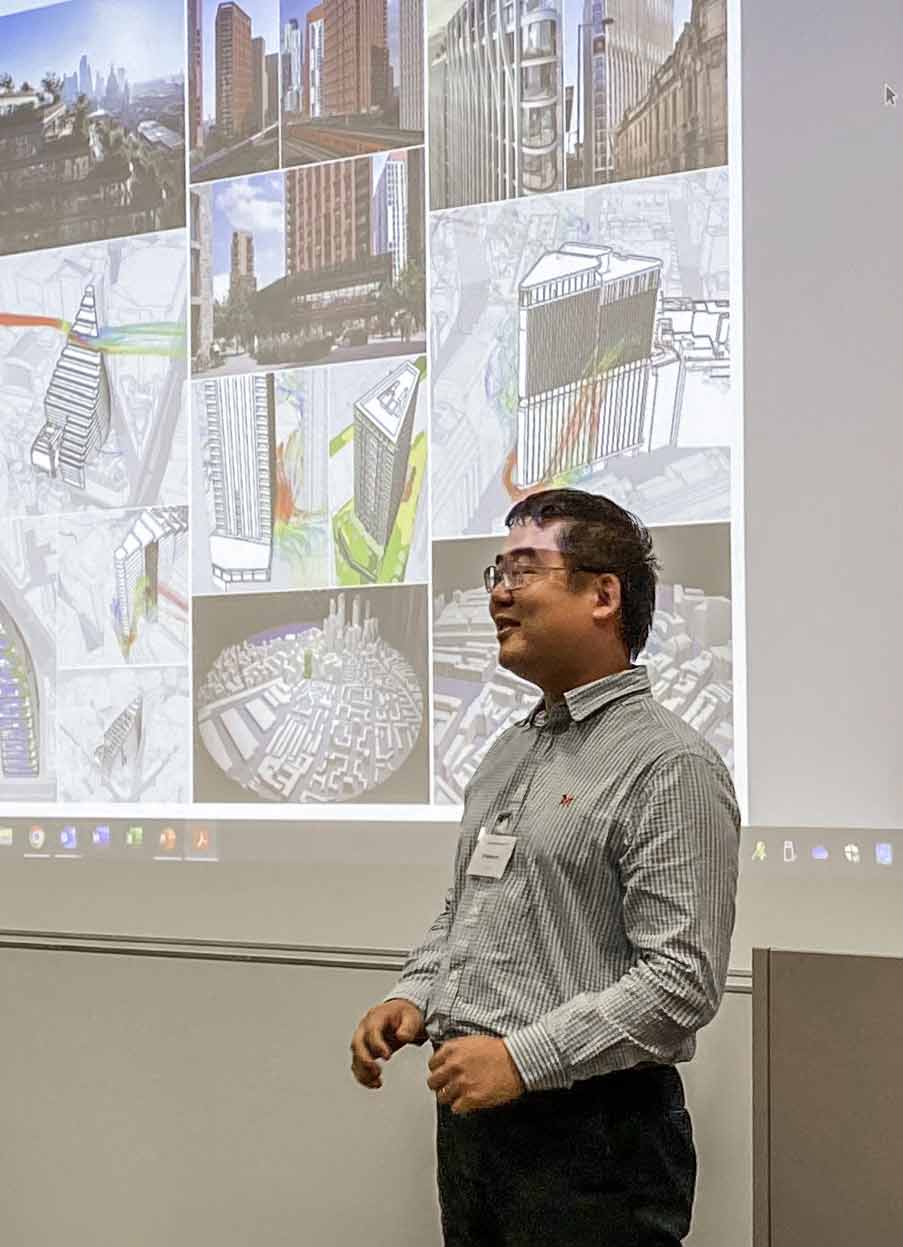
This Knowledge Transfer Partnership (KTP) centres on improving the accuracy of physical wind-tunnel testing through the application of novel neural network (AI) technology.

AKT II’s co-founder and design director Albert Williamson-Taylor has been made the inaugural president of Open City: a global educational and built-heritage charity that’s dedicated to making the built environment more open, accessible and equitable.
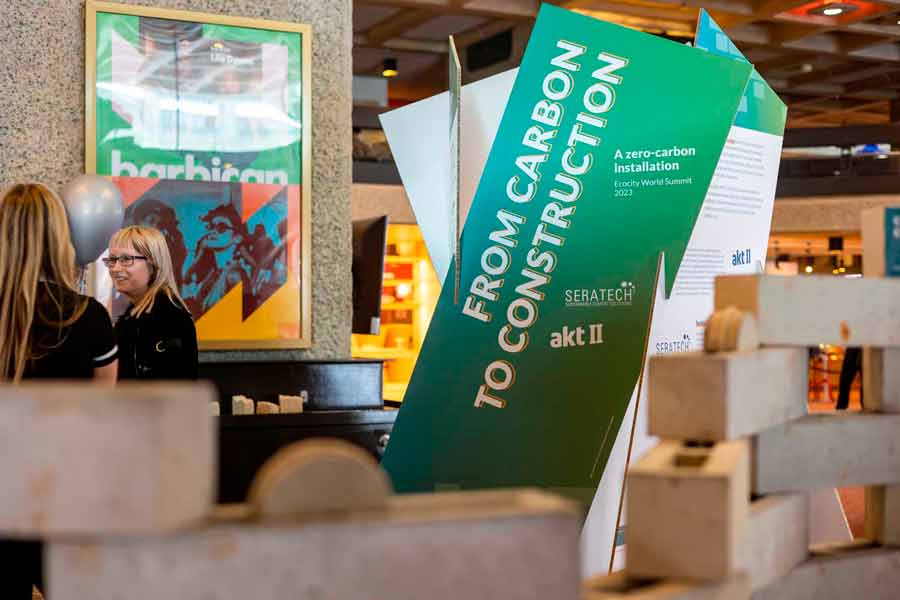
The 2023 summit – the first to be held in-person in London in four years – encompasses a diverse conference and exhibition programme that responds to this year’s theme of ‘connecting communities’. AKT II has supported it in multiple ways …
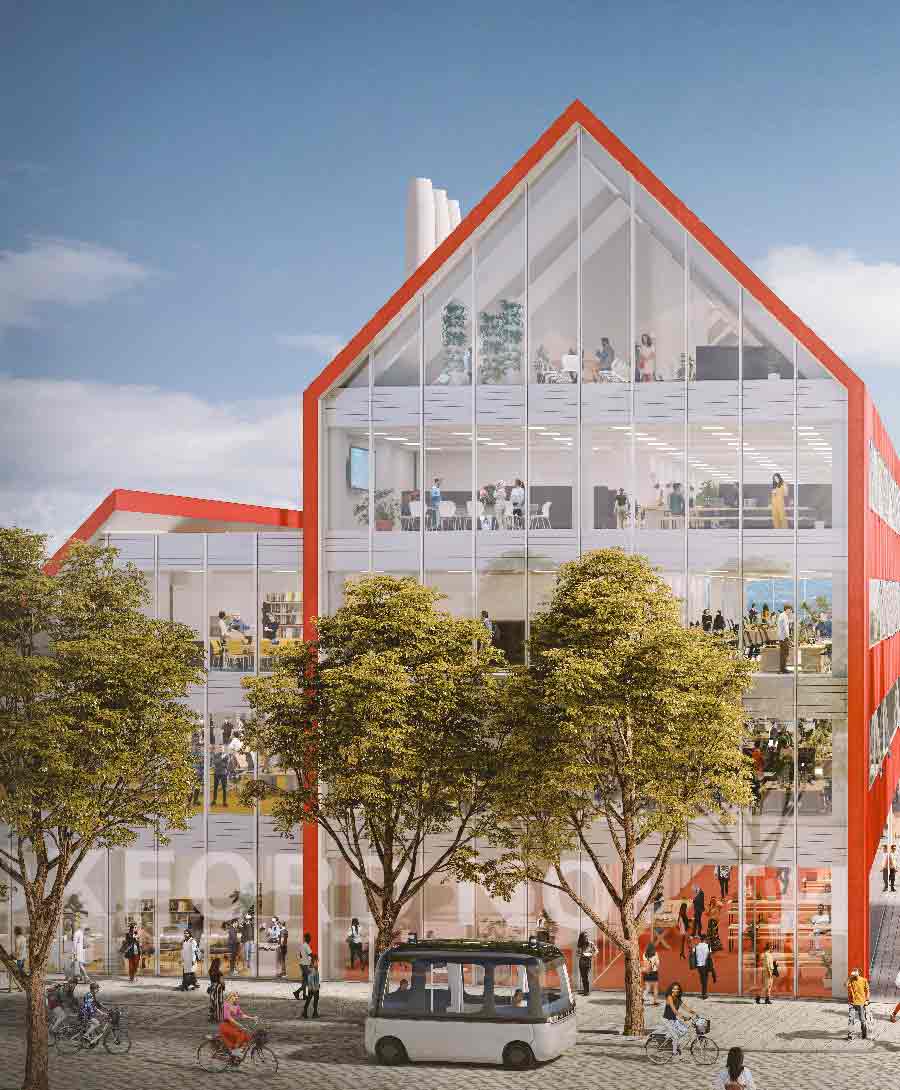
Plans for Red Hall have been given the green light with building work set to start in the summer.
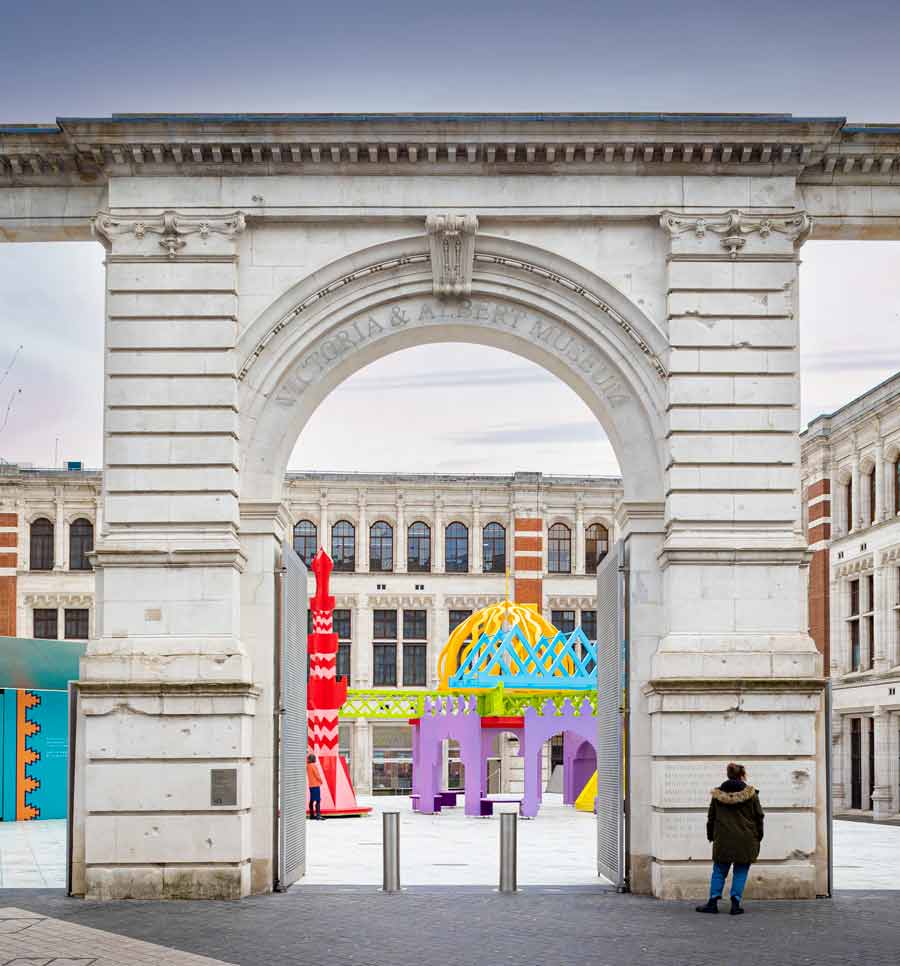
Congratulations to architect Shahed Saleem, the V&A museum and the Diriyah Biennale Foundation for installing the inaugural Ramadan Pavilion – in partnership with Ramadan Tent Project – over the weekend.

Albert has been awarded the Institution of Structural Engineers’ 2023 Gold Medal for his unique and outstanding contribution to the advancement of structural engineering.
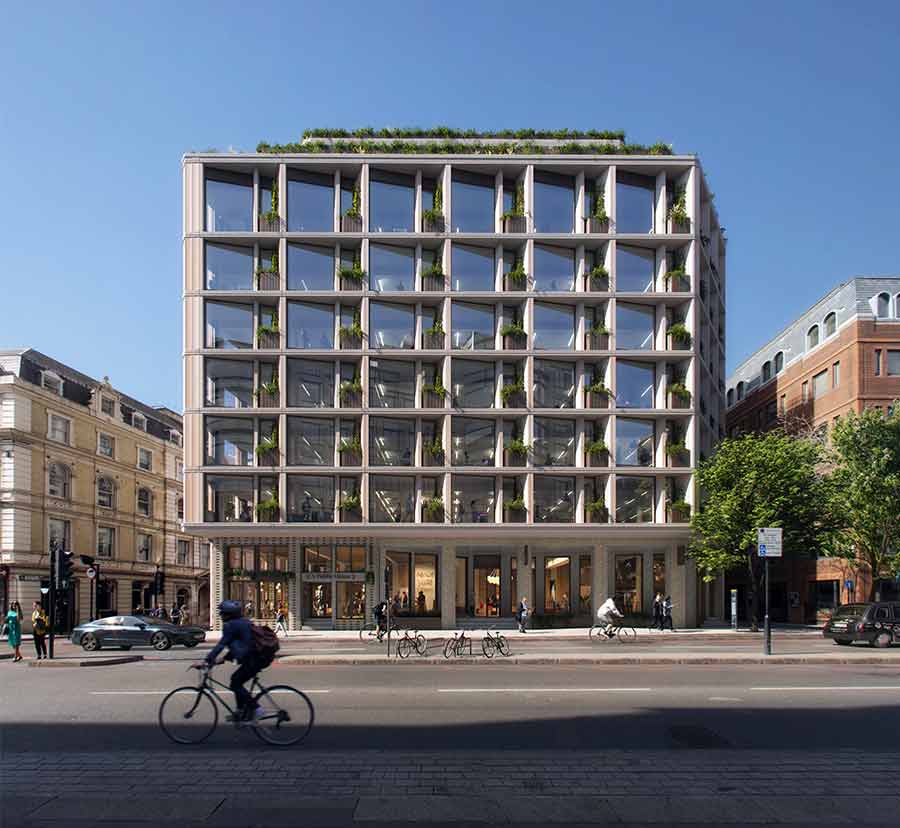
A 1950s office block and pub in the heart of the city has been unanimously approved by the City of London.
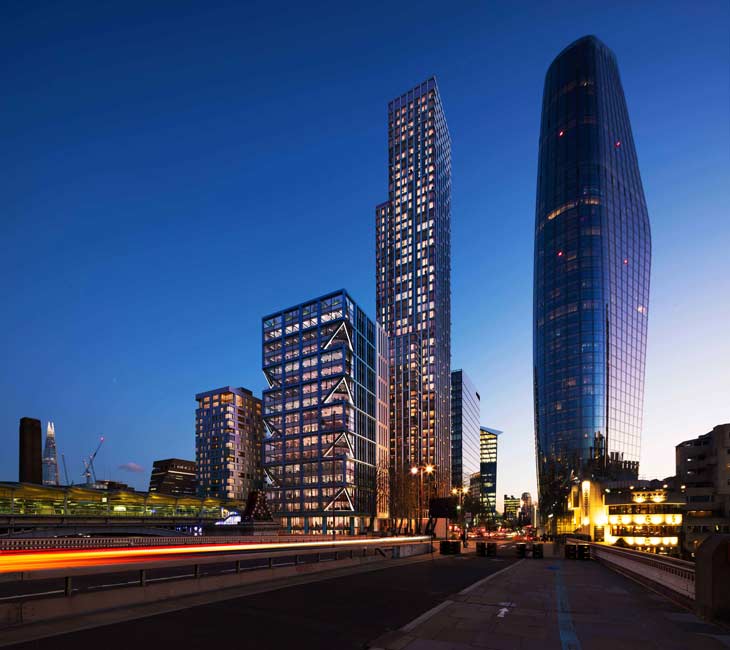
‘Building 1’, an 18-storey sustainable office building that will be located on the south side of Blackfriars bridge has been unanimously approved by Southwark council earlier this month.
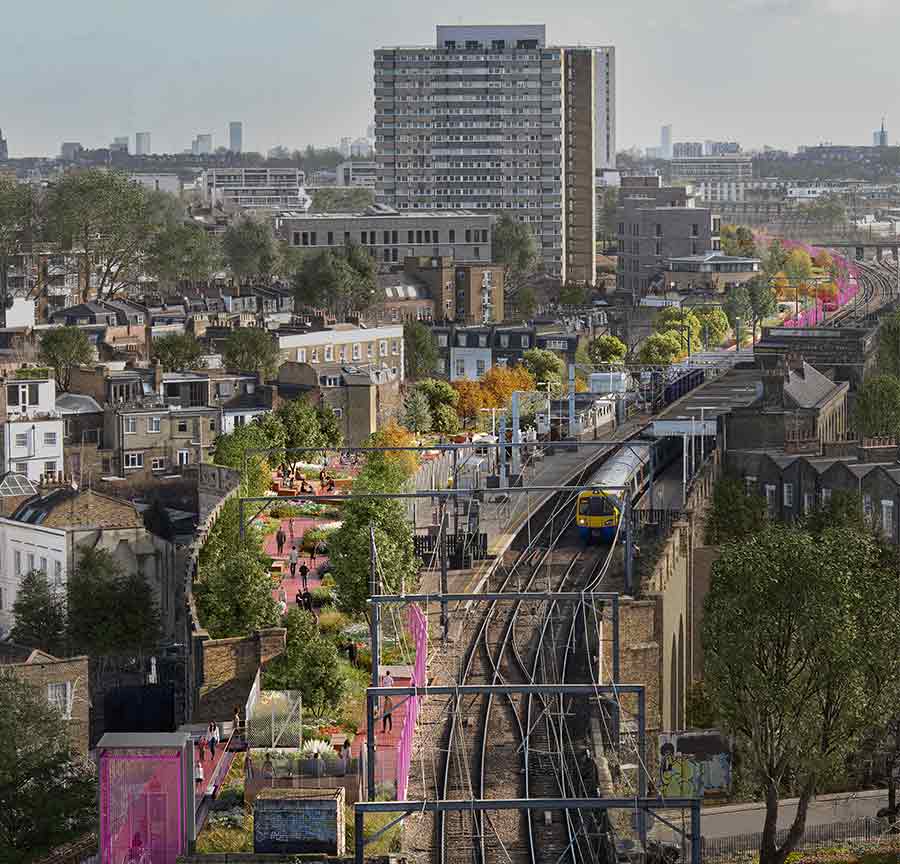
Proposals for the new Camden High Line have been given the green light for planning this week.
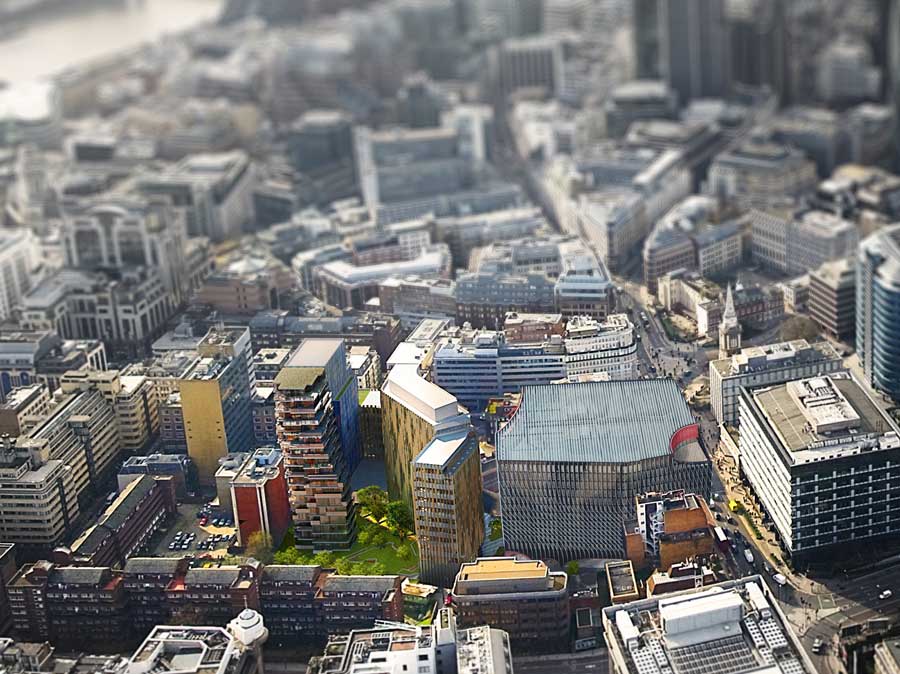
On a high-value site in the most historic core of London, the new Minories development centres around an exemplary model of adaptive reuse. It’s been overseen by architect ACME in partnership with developer 4C Hotel Group. In this article our design director Gerry O’Brien explores how looking into the past can create real long-term value for such a site’s future.
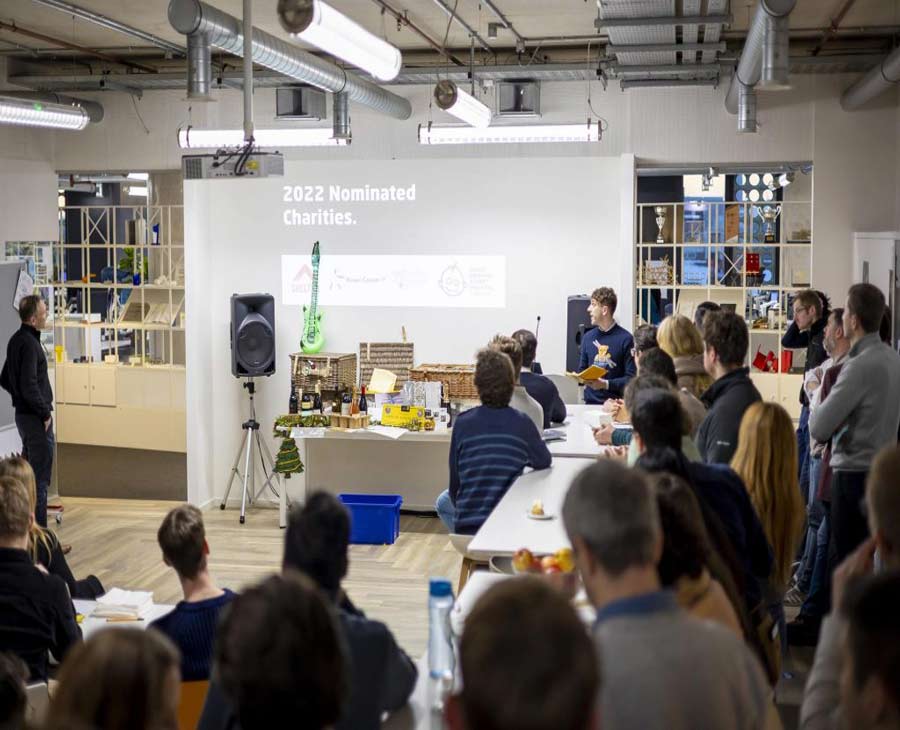
The AKT II Charities Committee revealed the four new charities that we will be supporting in 2023.
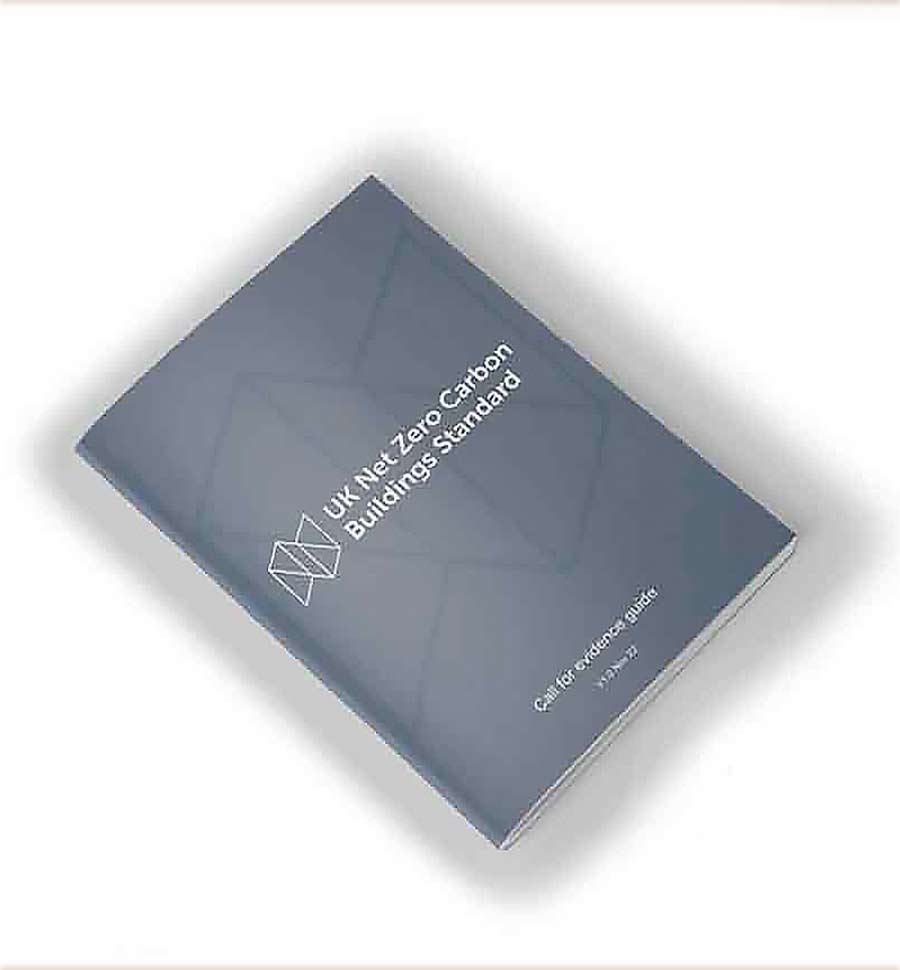
AKT II director, Nicola Carniato has joined the UK Net Zero Carbon Buildings Standard Science and Technology task group to provide his engineering expertise in science and technology.

AKT II director, Kieron Taylor, has been awarded the 2022 British Council for Offices NextGen Rising Star Award for London and South East earlier this week.
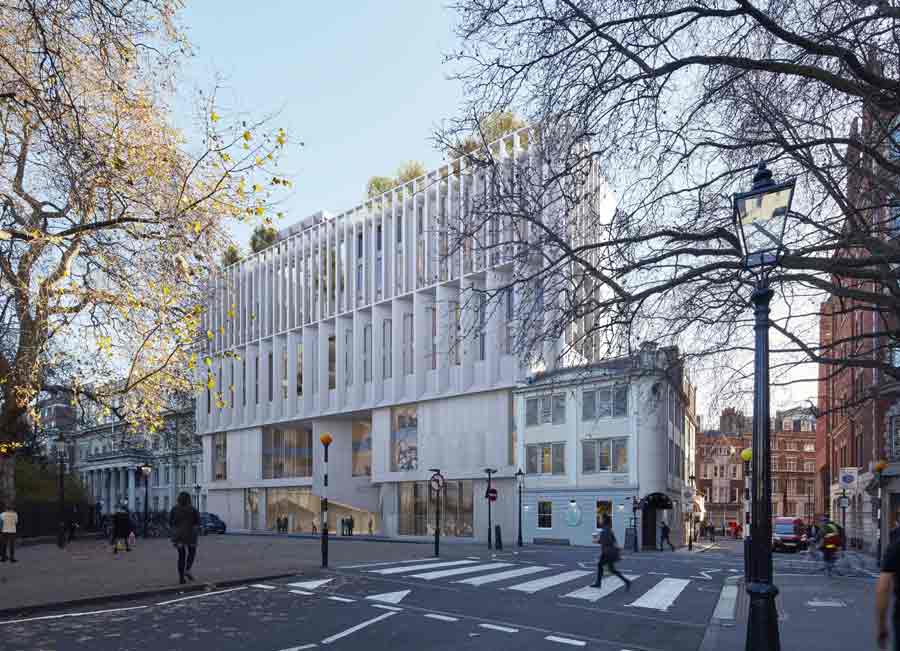
The LSE Marshall Building has won the Higher Education (£20 million and over) award at this year’s AJ Architecture Awards.
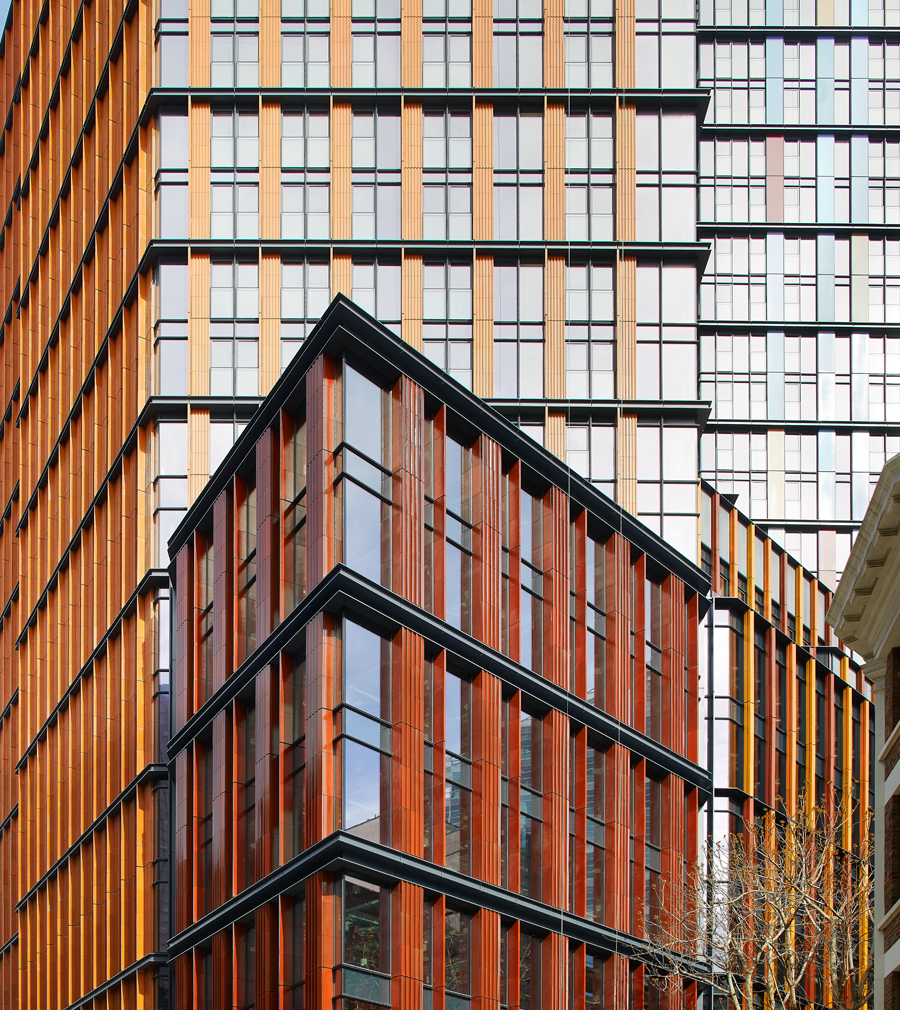
One Crown Place has been awarded Best Tall Building 100-199 meters 2022 Award of Excellence and Best Tall Mixed-Use Building 2022 Award of Excellence at this year’s CTBUH Annual Awards.
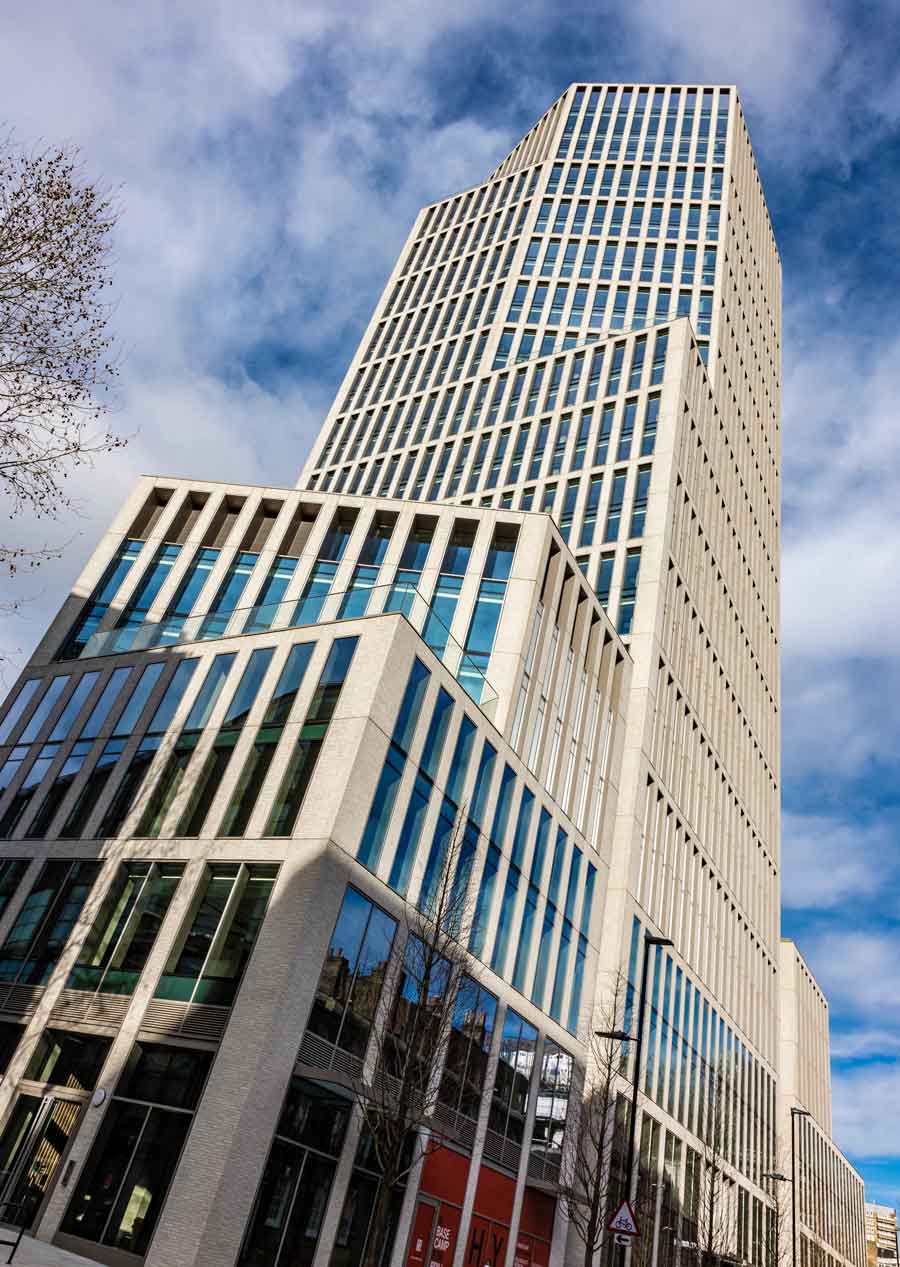
Hylo has won the Supreme Award for Structural Engineering Excellence at the prestigious 2022 IStructE ceremony.

AKT II has joined ConcreteZero, a global initiative that brings together pioneering organisations to create a market for net-zero concrete.
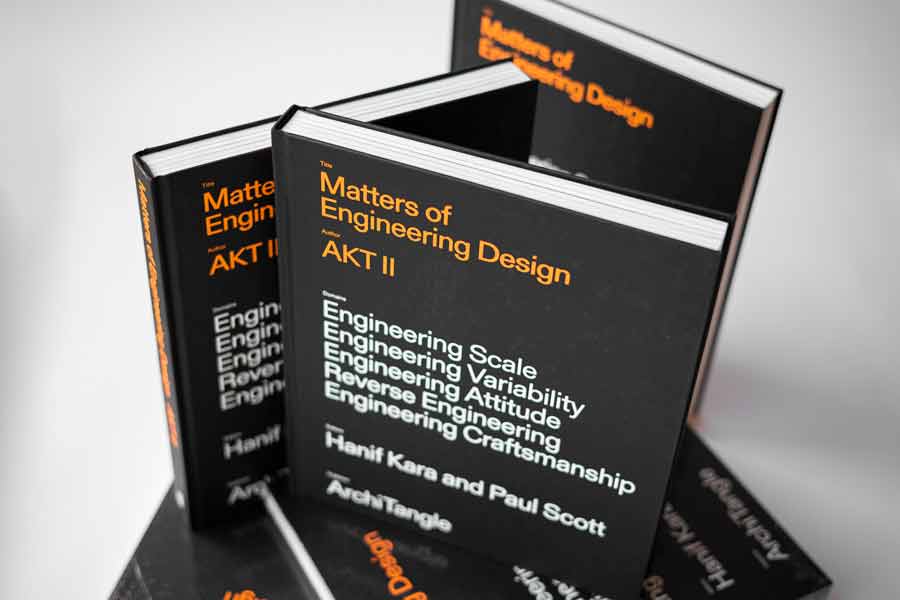
Since our founding 25 years ago, AKT II has forged an international practice that unifies the cultures and disciplines of architecture and structural engineering. This book is an engine for critical reflection on the scope, potential, and limits of what AKT II has come to define as Design Engineering.
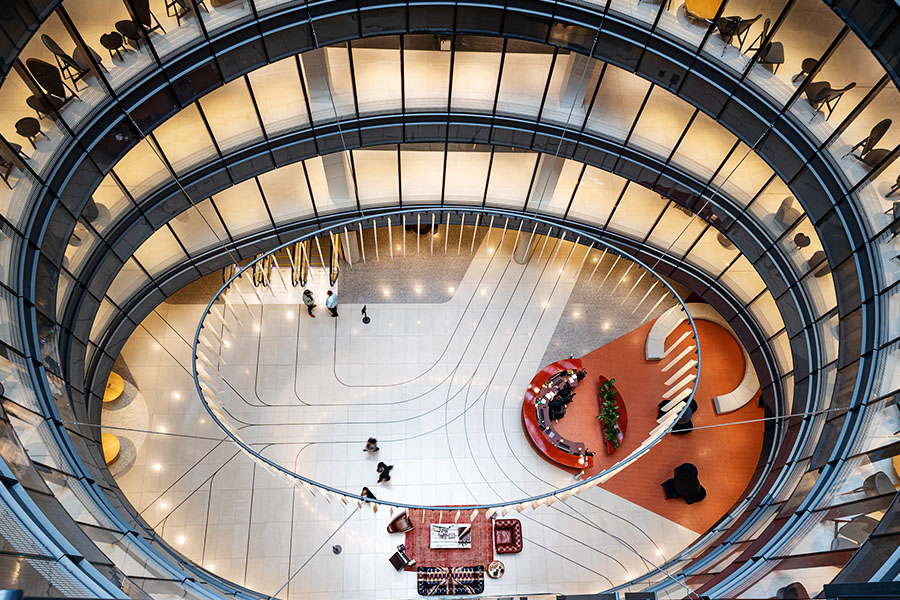
100 Liverpool Street – which is nominated for the 2022 RIBA Stirling Prize – is a cornerstone development for British Land’s masterplanned Broadgate regeneration, within the historic City of London. It was designed by Hopkins Architects. Two 1980s-era office structures have been assimilated, reconfigured and extended within the delivery of the modern mixed-use programme; the scheme adds +40% in functional area while reusing 50% of the superstructure and 100% of the foundations. Altogether, this pioneering design solution saves an estimated 7,000 tonnes of CO2, in comparison with the notional new construction.
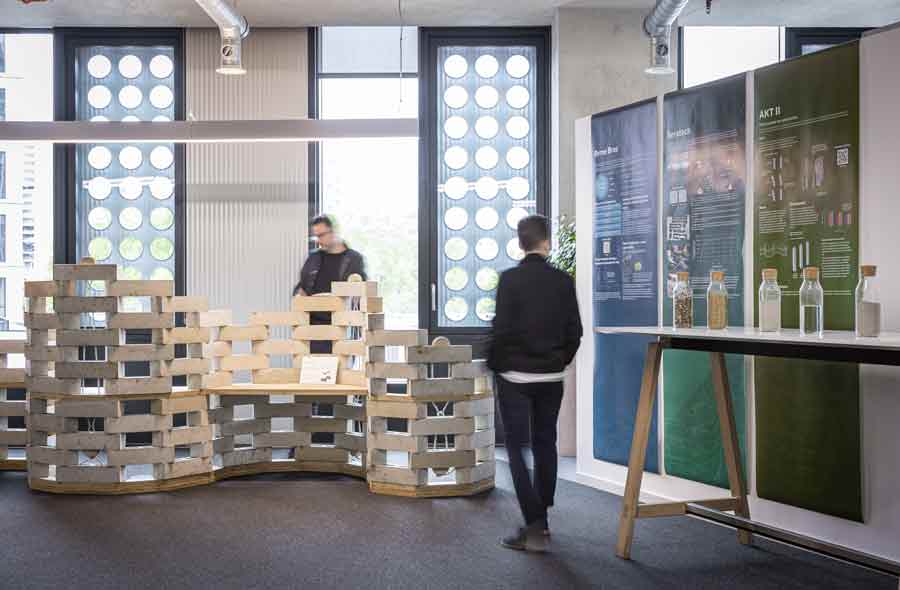
As part of the 2022 London Design Festival, this bespoke architectural installation uses an ancient-Egyptian wall-building technique to showcase the cutting-edge carbon-neutral concrete that’s been developed by the London-based enterprise Seratech. Their team – a spin-out from Imperial College London – has developed a way of sequestering CO2 within the creation of novel, waste-free construction materials. The installation is engineered by AKT II, and has been delivered for the 2022 festival with the support of the specialist concrete contractor Byrne Bros.
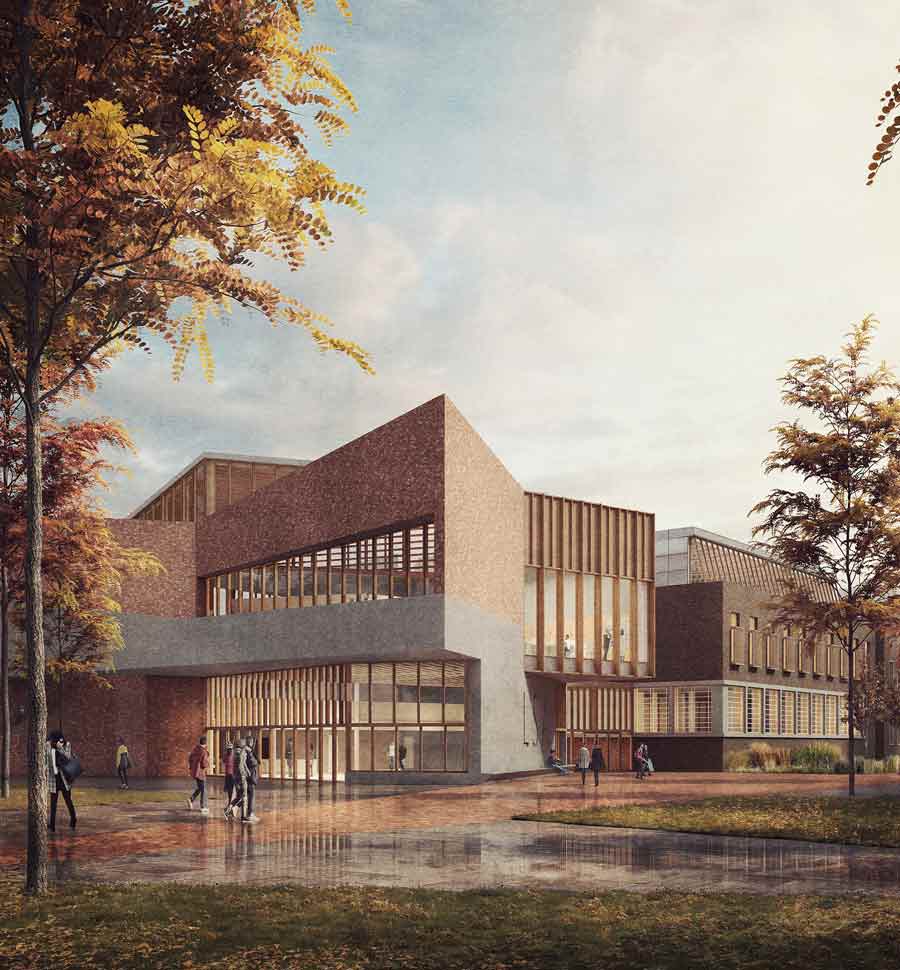
Following an invited competition, AKT II are working alongside architect O’Donnell + Tuomey and building services engineer Max Fordham, to deliver the scheme for the Liverpool School of Architecture and redevelop the historic estate.
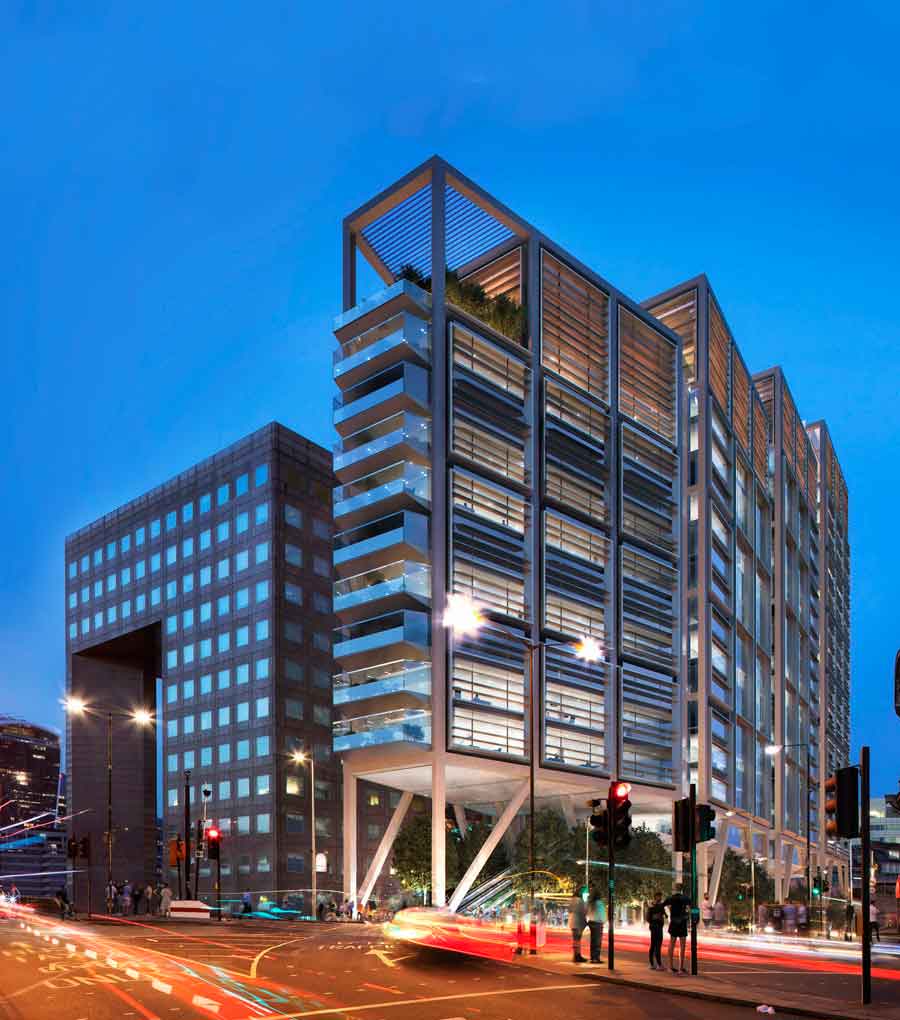
A 22-storey mixed-use tower by London Bridge has been approved for planning. AKT II is providing structural, civil and geotechnical engineering, working alongside Foster + Partners for our client CIT Group on this multi-layered urban scheme.
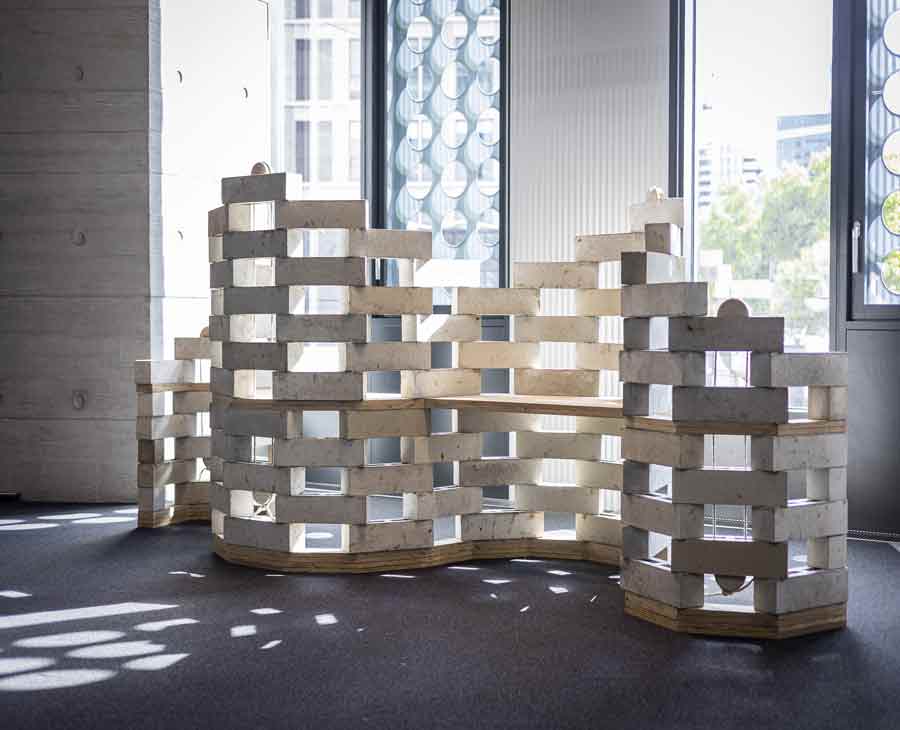
This installation playfully uses a traditional ‘crinkle-crankle’ wall design to showcase a cutting-edge cement-replacement technology – Seratech – allowing carbon-neutral concrete.
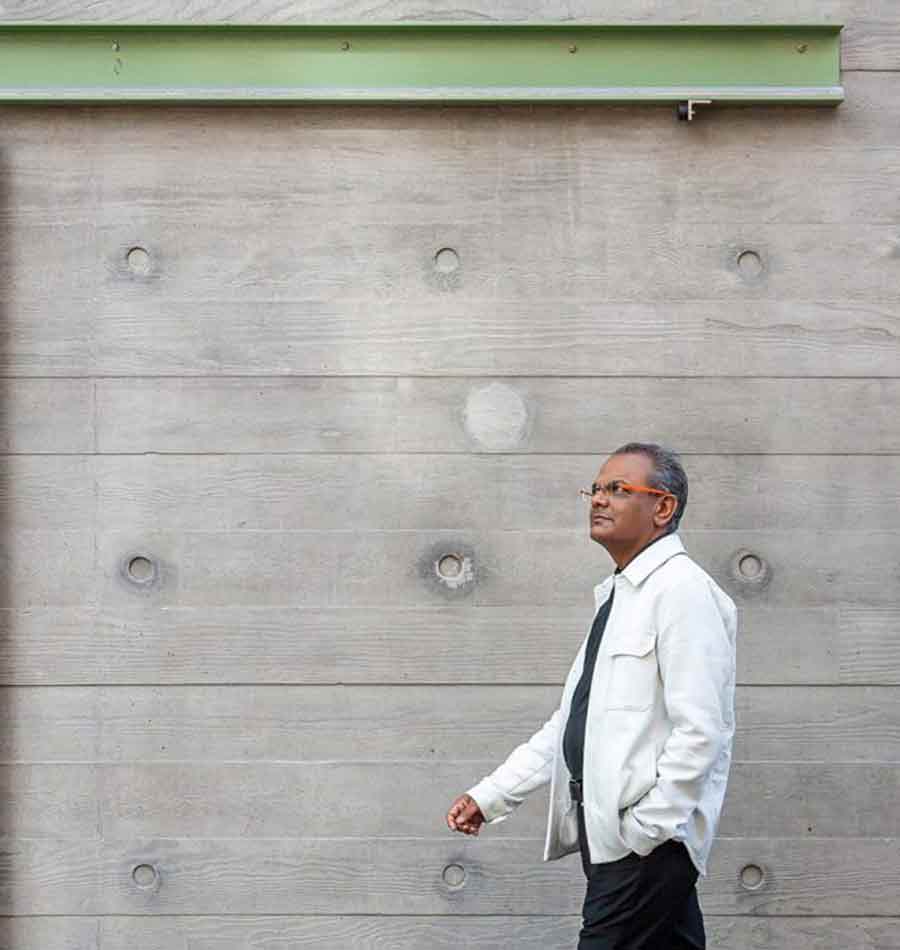
AKI II co-founder and director Hanif Kara has been awarded the 2022 Fazlur R. Khan Lifetime Achievement Award by the Council on Tall Buildings and Urban Habitat.
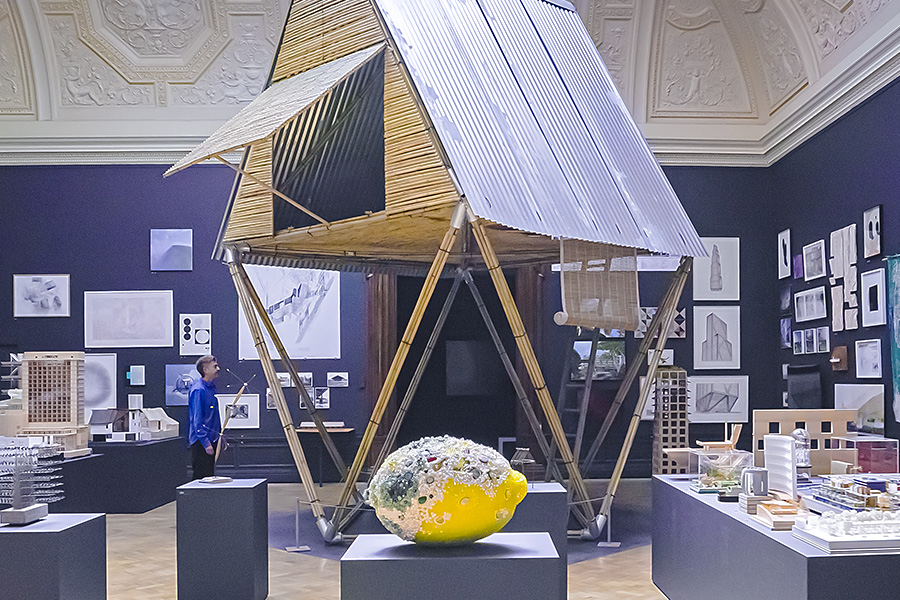
Khudi Bari – meaning ‘Tiny House’ – is a modular monsoon shelter that’s designed by the Bangladeshi architect Marina Tabassum. It’s made for inhabitants of the country’s Ganges river delta (where entire swathes of land can flood overnight), and can be hand-assembled using local materials, with a cost of just £300. AKT II’s team was engaged to reconfigure the shelter’s structural supports so that it could be demonstrated, using the thinner bamboo that’s available in the UK, as part of the 2022 Summer Exhibition at London’s Royal Academy of Arts.
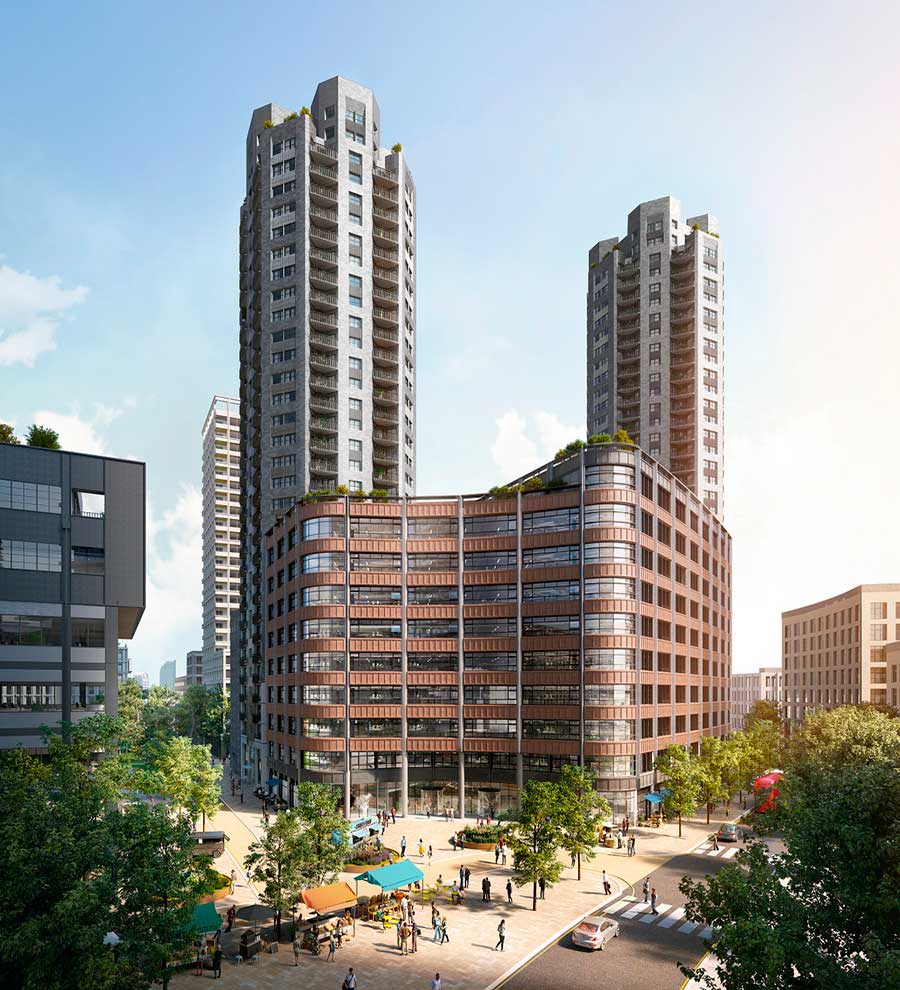
Zone F, a new mixed-use scheme within British Land’s Canada Water Masterplan, has received planning approval from Southwark Council.

Ten years on, AKT II director Edoardo Tibuzzi looks back at the BMW Group Pavilion at the 2012 London Olympics. Has the promise of creating an environmentally friendly structure that can have a meaningful purpose after the Games been kept?